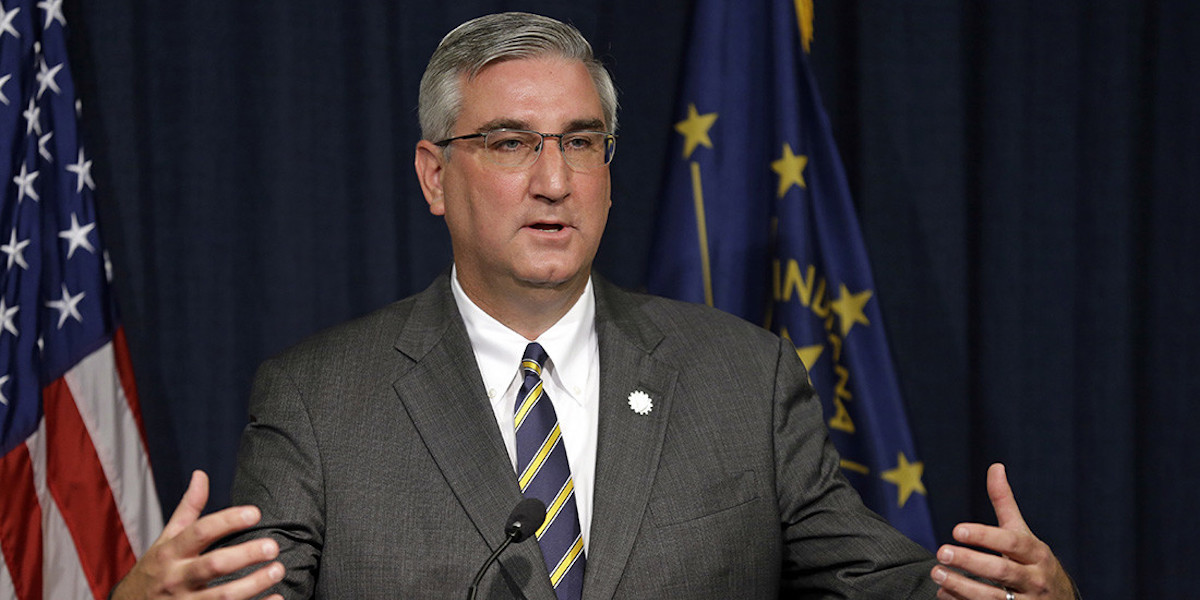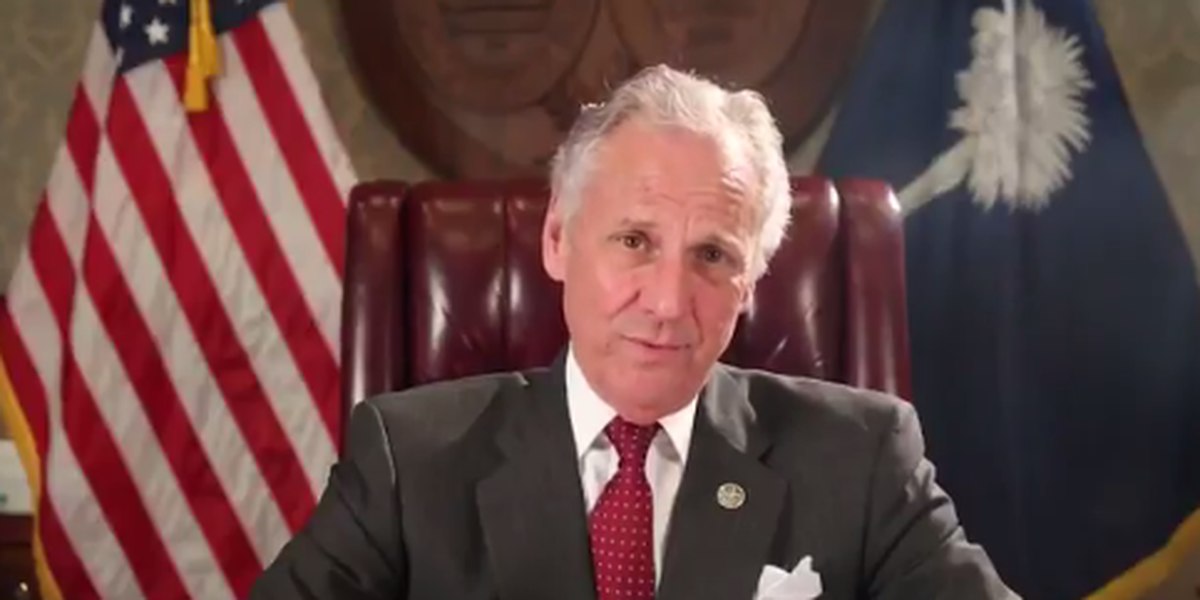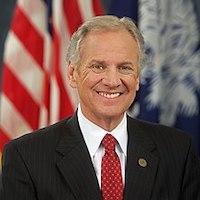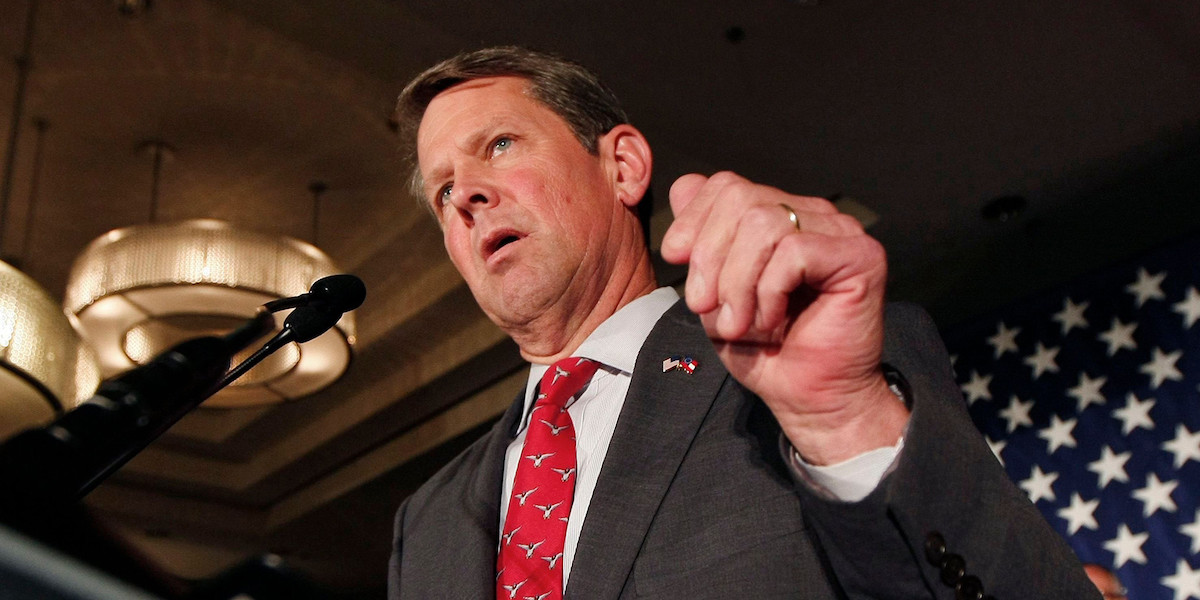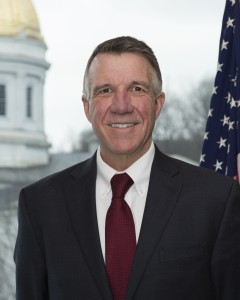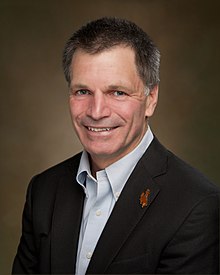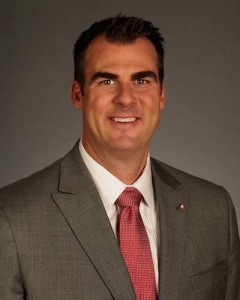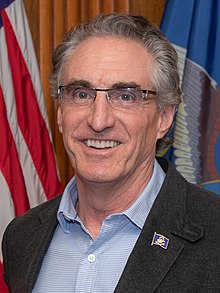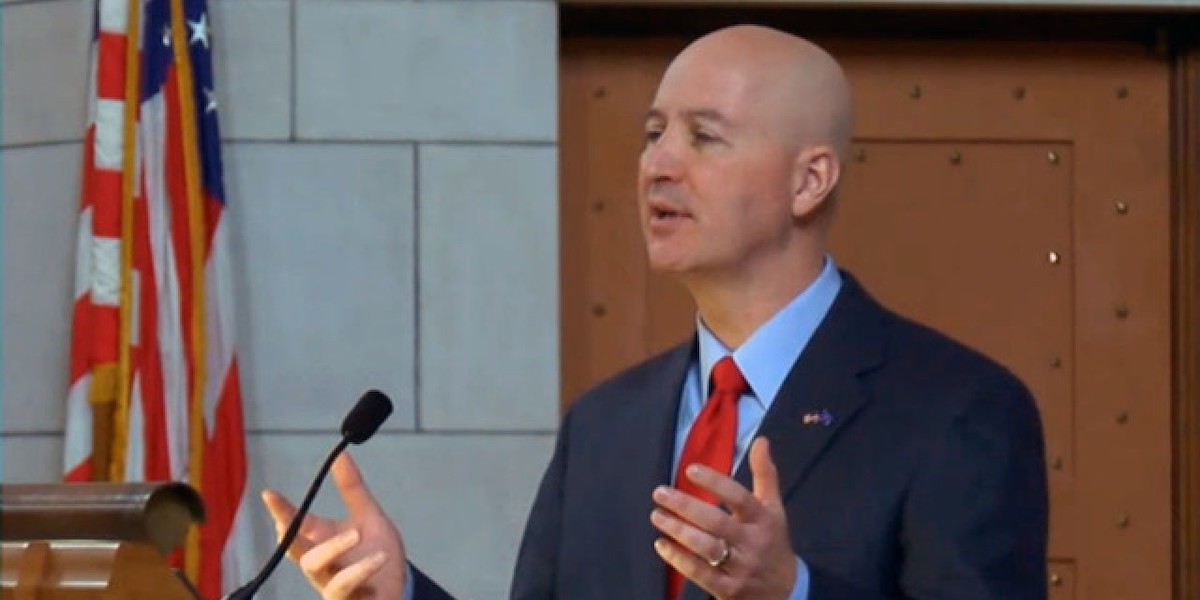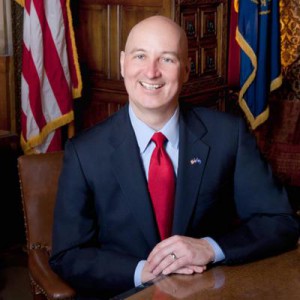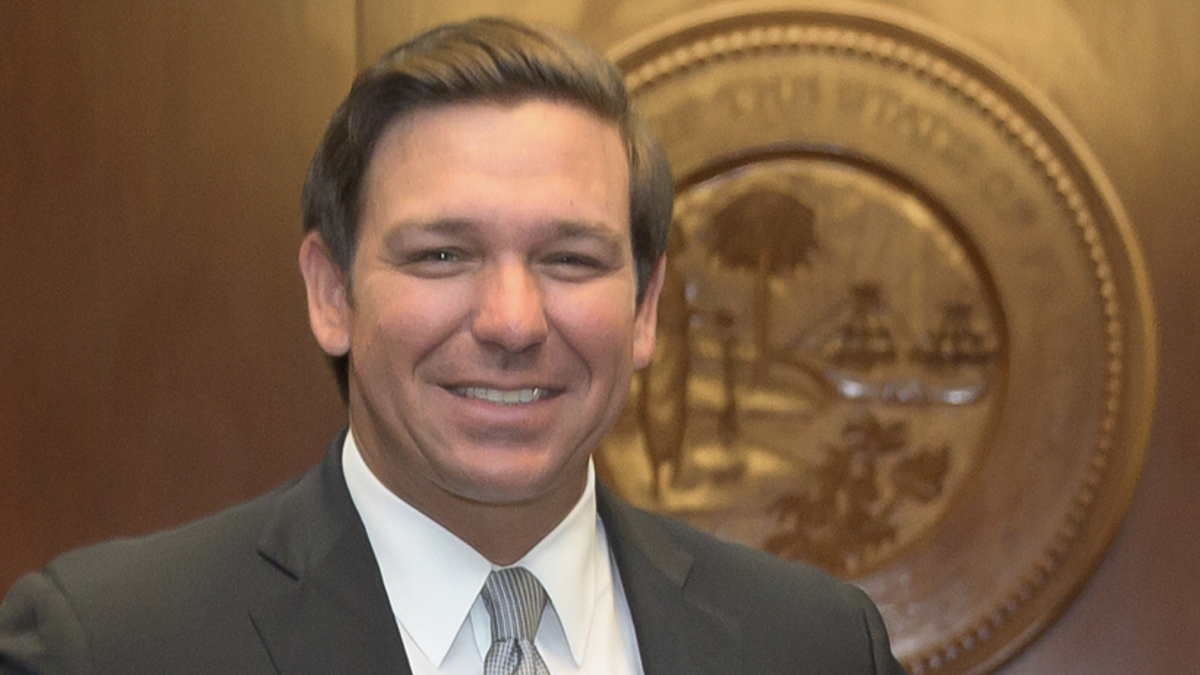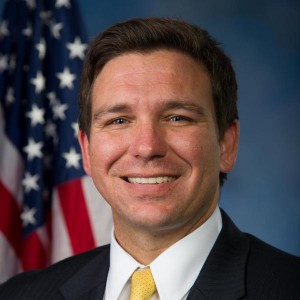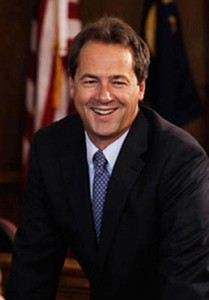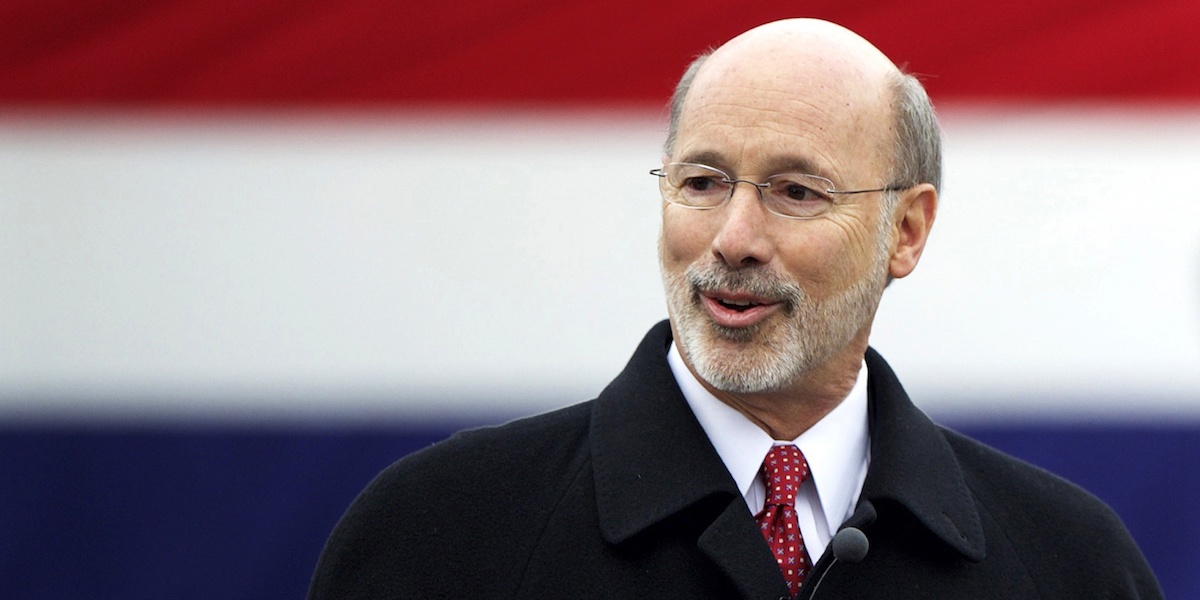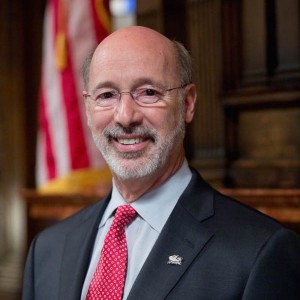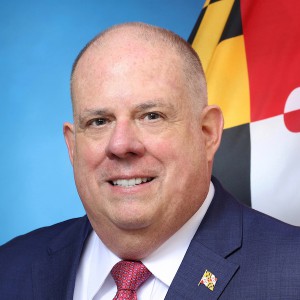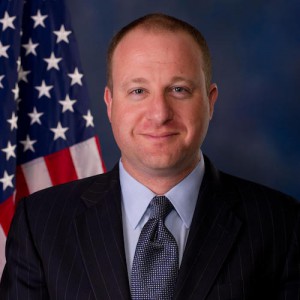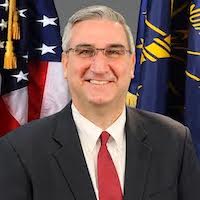
Washington, D.C., March 17 – As nationally 111,804 jobs were gained by people with disabilities, 8,964 Hoosiers with disabilities entered Indiana’s workforce last year. Indiana now ranks 24th in the nation based on the employment rate for people with disabilities. Out of 477,660 working-age (18-64) people with disabilities living in the Hoosier state, 84,343 have jobs. The newly published 2018 Annual Disability Statistics Compendium shows Indiana has an employment rate of 38.6 percent for people with disabilities. Further analysis by the nonpartisan advocacy group RespectAbility shows that Indiana’s disability employment rate has steadily increased over the past three years.
Crucial to Indiana’s efforts to expand employment opportunities for Hoosiers with disabilities is the Governor’s Council for People with Disabilities. Founded in 1980, the Council works on a variety of advocacy, leadership and training opportunities across the state. In March, the Council celebrates Disability Awareness Month with a public relations campaign to raise awareness of disability issues. The theme for this year’s campaign is “Be Cool. We Are.”
Gov. Eric Holcomb is doing his part to celebrate the month and to celebrate the contributions of Hoosiers with disabilities. “Disability in no way diminishes the right of individuals with disabilities to live independently, make choices, contribute to society, and fully participate in the economic, political, social, cultural and educational mainstream of American society,” he wrote in a proclamation released on March 1st.
